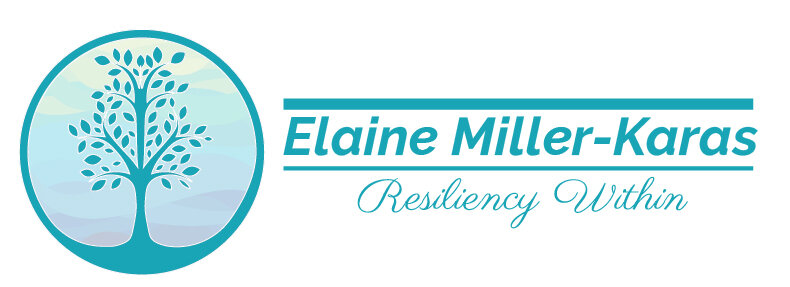After a traumatic experience, survivors often experience a cascade of physical, emotional, cognitive, behavioral, and spiritual responses that leave them feeling unbalanced and threatened. Building Resilience to Trauma explains these common responses from a biological perspective, reframing the human experience from one of shame and pathology to one of hope and biology. It also presents alternative approaches, the Trauma Resiliency Model (TRM) and the Community Resiliency Model (CRM), which offer concrete and practical skills that resonate with what we know about the biology of trauma.
In programs co-sponsored by the World Health Organization, the Unitarian Universalist Service Committee, ADRA International and the department of behavioral health of San Bernardino County, the TRM and the CRM have been used to reduce and in some cases eliminate the symptoms of trauma by helping survivors regain a sense of balance. Clinicians will find that they can use the models with almost anyone who has experienced or witnessed any event that was perceived as life threatening or posed a serious injury to themselves or to others. The models can also be used to treat symptoms of vicarious traumatization and compassion fatigue.
What People Are Saying
Amazon Review: 5/5 Stars Excellent Book Especially During Pandemic
“I have a Ph.D. and am helping to lead a statewide effort to increase resiliency and decrease stress of health care workers during the Pandemic. We are using the Community Resiliency Model (CRM) to guide our work. This book is the foundation for the CRM and does an excellent job of explaining trauma and overcoming it.
I highly recommend this book to any person who has experienced childhood trauma such as abuse, divorce, drug abuse in the family, etc as a way to help them overcome and deal with the aftermath of such events.”
— Atlatla
Amazon Review: 5/5 Stars Simple Straightforward and Effective
“Elaine Miller-Karas' and her co-writers have done an exceptional job synthesizing the complex methods of somatic therapies into concrete, user friendly strategies. Both models emphasize resiliency-building skills that empower people to be able to self-regulate their own nervous systems.
The Trauma Resiliency Model is focused upon helping mental health professionals learn simple biological skills to integrate into their clinical practice. The Community Resiliency Model is designed as a peer-to-peer wellness practice ca and be used with any age (from the youngest to the oldest). I especially enjoyed the examples from the international work. Reading this book laid out a step-by-step map on how to use the skills with my clients. I particularly found Chapter 9 which provides scripted interventions that I can not only use in group settings but with my individual clients very helpful. I have taught the skills to my clients. My clients have shared with me that they use the skills in their every day life and they now have the power to self-regulate”
— Brenda Williams
Amazon Review: 5/5 Stars A BREAKTHROUGH BOOK ON TRAUMA
“This is an absolutely outstanding book for anyone who has suffered any level of any trauma, as well as academics and professionals in the psych or medical community, community leaders, first responders and others looking for a better
understanding of trauma. The authors take the complex, highly-misunderstood subject of trauma and very simply explain the critical physiological basis, how we can heal, and why we haven't for so many years.
The global work the TRI does is also truly mind blowing - they're a powerful force of good and offer hope in the world.”
— G. Jones
Amazon Review: 5/5 Stars Very Easy to Read and Use
“Elaine Miller-Kara's, Building Resilience to Trauma is an exceptional contributionto the field of trauma (TRM) and community resilience (CRM).
Presented from a biological perspective, the text offers positive means for addressing traumatic experiences and aims for human growth and healing for both individuals and communities. It is well organized, very easy to read and use; it is an excellent resource for those working with clients. Providing a clear presentation of neuroscience of traumatic experience and scholarship of the field, this is an important text for anyone interested in building resilience to trauma, including clinicians, students, and community members.”
— Julia Connelly, MD, Professor emeritus, University of Virginia School of Medicine







